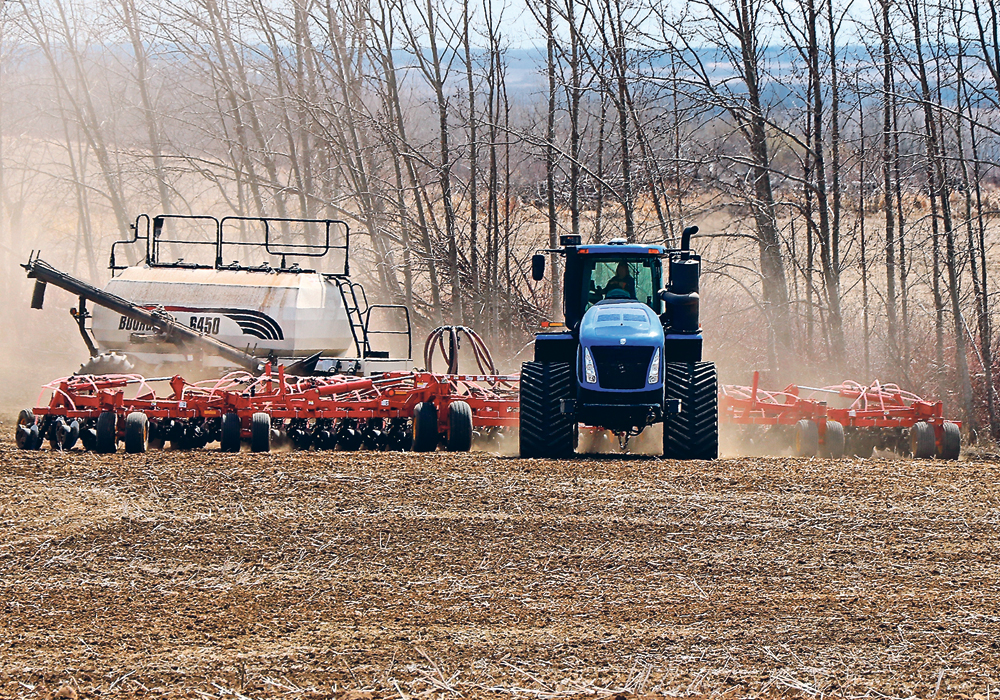Authors argue Gen-Xers, millennials and Generation Z producers more likely than baby boomers to adopt the technology
Baby boomer farmers are unlikely to adopt variable rate fertilizer applications on a broad scale.
Instead, technology promoters should deliver variable rate technology into the hands of Gen-Xers, millennials and Generation Z producers, says a new article in the Journal of Applied Farm Economics.
“The agricultural industry will have to market to millennials and Generation Z rather than continue practices aimed at baby boomers,” write Terry Griffin of Kansas State University and LaVona Traywick of Arkansas Colleges of Health Education in The Role of Variable Rate Technology in Fertilizer Usage.
Read Also

Trump’s tariffs take their toll on U.S. producers
U.S. farmers say Trump’s tariffs have been devastating for growers in that country.
“This next generation of farm decision makers are expected to invest in the necessary financial and human capital that will result in near ubiquitous adoption of variable rate technologies, provided that marginal benefits actually exceed marginal costs.”
Griffin and Traywick examine the frustrated history of variable rate fertilizer application, which has been available for many years but embraced by relatively few farmers.
In contrast, other new technologies like autosteer have been warmly embraced, especially by older farmers.
“Variable rate technology has not met the agricultural industry’s expectations after two decades,” said the authors.
One reason for this, they surmise, is that older farmers see less need to embrace challenging technologies with steep learning curves, while favouring technologies that make an older farmer’s life and work easier.
Many older farmers have the ability to employ variable rate technology if they choose, but simply don’t.
Some of that, Griffin and Traywick say, is probably due to older farmers seeing less return from the effort than would be seen by younger farmers, who have many years of farming ahead of them.And many farmers may see making variable rate decisions as more risky than making a holistic decision about rates for the whole field.
“The potential of making incorrect application rates and/or the risks associated with making wrong decisions may be overwhelming given the sheer volume of individual site-specific locations that may receive a ‘wrong’ rate of fertilizer,” said Griffin and Traywick.
“Many risk-averse farmers are likely to feel somewhat comfortable with uniform rates of a product since the correct rate is likely to be applied in at least several locations as opposed to variable rate prescriptions where some probability of making incorrect application rates exists at every sub-field location.”
Younger farmers don’t have that perspective and don’t see new technologies as daunting.
“Millennials are tech savvy and readily look for the newest technology advances, value their family time as important, or more important than hours spent at work, lack job loyalty, and are environmentally conscious,” says the article.
“Generation Z, as a whole, are also technologically savvy as they have grown up with smartphones and other gaming devices.”
















